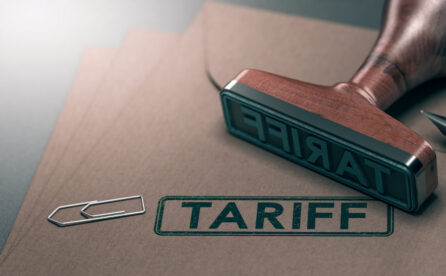Despite the name, I Bonds are not the next hot Apple product. They have been around a lot longer. I bonds and EE Bonds are different types of US Savings bonds issued by the Treasury. If you’re my age, you might remember opening presents on your birthday… a new R/C Car, box of Legos or a Doll, and that dreaded envelope from PopPop with an EE Savings bond that would be worth $100 in 20 years. Well, in today’s +7% inflationary environment, people have stopped caring about EE bonds and have their eyes focused on I Bonds.
People are probably more familiar with EE Bonds which are purchased for half of par value and mature at par 20 years after purchase. I Bonds are different in that they grow at the exact rate of inflation. Every six months, the treasury restates the interest rate at which I bonds grow. It is based on the Consumer Price Index (CPI) which is the most widely recognized inflation rate. Technically, there two components to calculate the yield, one being inflation, but the second being a base or fixed rate. Currently that is set at zero, however in the past, the base rate has been positive up to a couple percent. There are some drawbacks with these types of inflation linked securities. You need to hold them for at least 12months and holding the bonds for less than five years means you forgo the last three months of interest accumulation. The maximum purchase per individual is $10,000 electronically via the Treasury Direct website or you can use up to $5,000 of your tax refund to purchase paper bonds via the IRS and your tax return.
If you are considering purchasing some I Bonds, here are a few things to consider…
- Do you have cash you can part with for at least twelve months?
- Will this extra return materially benefit your financial situation?
- What does the rest of your portfolio look like and how would these bonds fit in?
At the end of the day, this may be worth entertaining a $10k (or $20k for a married couples) investment with the Treasury. Although we haven’t tested it ourselves, the redemption process via ACH should only take a week a most, just like getting money out of stocks. It needs to be held at least twelve months at a minimum. This is similar to CDs but CDs have a penalty for early redemption and with I Bonds, you cannot redeem them early.
Inflation is high today, but what will it be tomorrow or next year? The number is eye-popping, but inflation will come down at some point in the future. When it does, you might not be as concerned with earning that extra $712 return on $10,000 of emergency savings. If you have the cash lying around, it might be worth a look or further discussion. But also, if you can part with the money for a long period of time, depending on your goals, it might be worth just putting this money into stocks which are down about -10% so far this year. We don’t get many opportunities like this to put cash to work in high quality companies at steep discounts.


